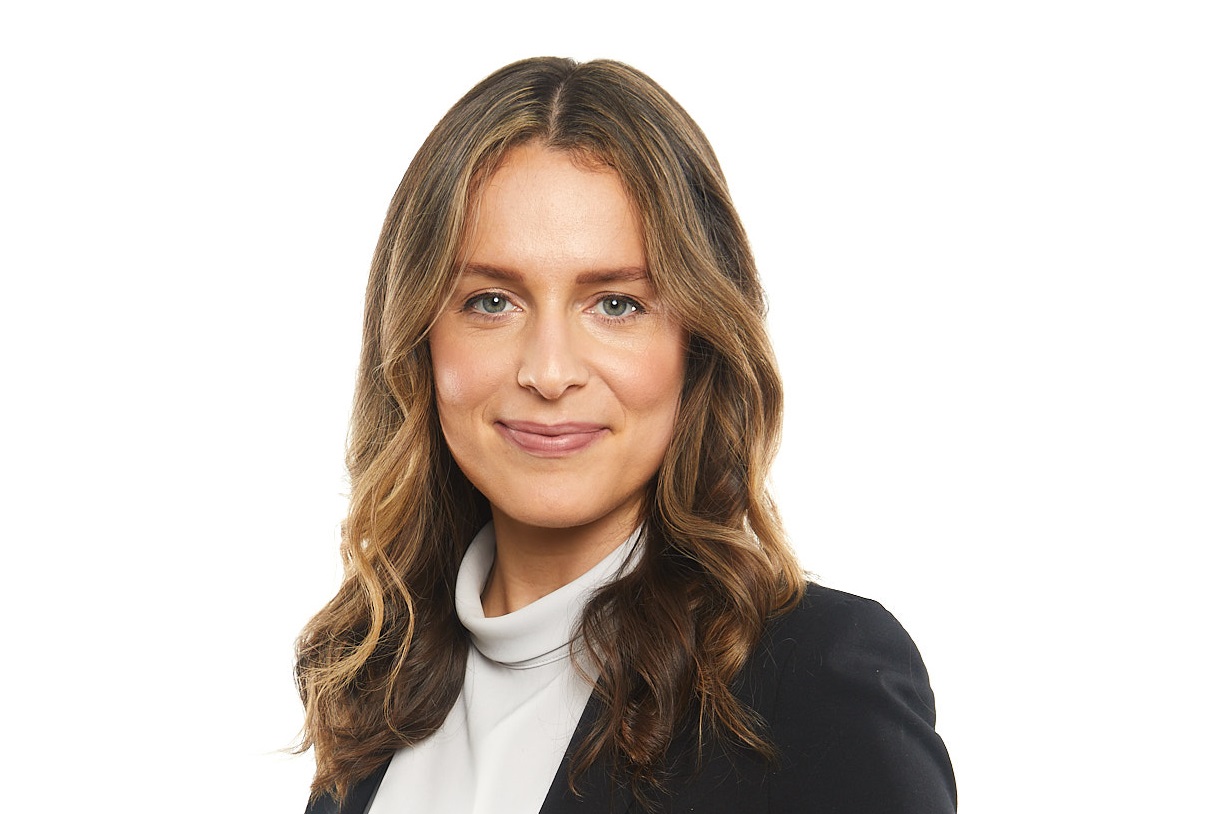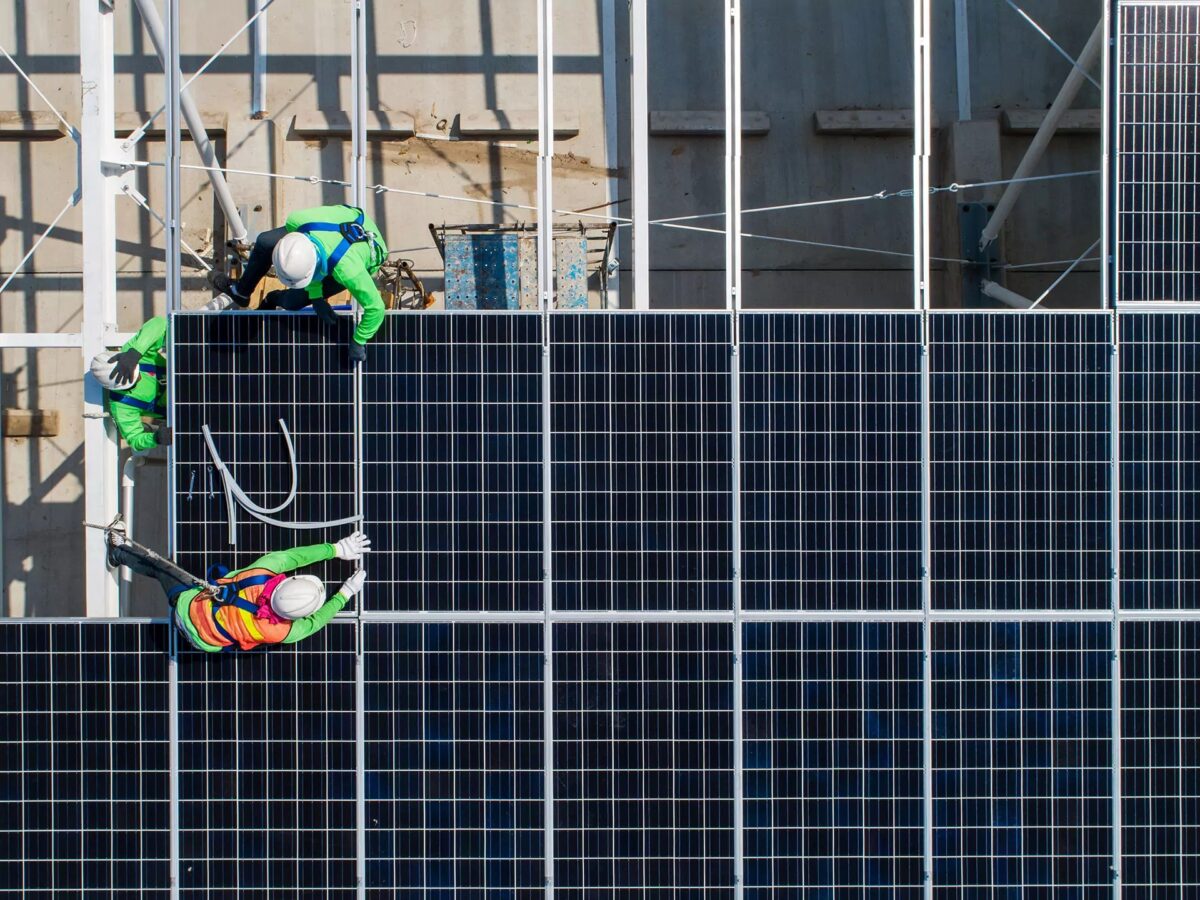Owners and operators of solar and storage assets have three primary objectives: Minimizing repairs during the asset’s lifetime, ensuring consistent, high-yield energy performance, and delivering robust returns on the investment. Achieving these goals is crucial for accelerating the clean energy transition and in turn, mitigating the severe impacts of the climate crisis we now face.
A critical factor in attaining these objectives is the early consideration of operations and maintenance (O&M) and asset management. Neglecting these elements in financial modeling, or failing to think strategically about the maintenance plan over the life of the asset, can crush performance, returns and investor confidence.
That’s why selecting the right O&M partners from the outset should be a priority. Experienced O&M professionals and seasoned asset management teams are the linchpin of consistent and reliable power plant performance.
Rising interest rates
The Inflation Reduction Act (IRA) continues to catalyze what could amount to considerable growth in the solar industry. According to SEIA projections, solar development will increase 69% more than what would have been expected without the IRA. Even as the Biden administration has encouraged more domestic solar manufacturing, rising interest rates have increased the cost to finance new projects. When developers struggle to secure cost-effective funding, the pace of solar development slows. For those projects that are financed, the permitting and leasing hurdles associated with building out clean energy projects contribute to longer development cycles.
Given the uncertain landscape for new-builds, ensuring the optimal performance of existing assets in the United States is a priority. To maintain the confidence of existing investors, operating solar and storage projects need to consistently meet their production targets.
Performance issues
We have seen evidence of the detrimental impacts of not incorporating asset management early on, as asset owners and operators struggle to keep up with modeled production rates. According to a study by kwH Analytics, for instance, the solar industry missed its production targets by an average of nearly 8% in 2021. More recently, over 3% of targeted production lost in 2022 was due to equipment anomalies alone, nearly double what that same figure was in 2019. This is a pattern that should catch the attention of investors, owners, and asset managers alike. The cost of underperformance caused by equipment anomalies was estimated to represent at least $2.5 billion in annual losses for the solar industry.
Missing targets not only erodes investor trust, but it also pushes us further from our climate goals. It’s time to talk about solutions.
Building reliable, integrated teams
From our experience in developing an asset management program, partnering with trusted O&M providers and establishing a knowledgeable internal asset management team is essential for reducing solar variance. Vertical integration within this sector is critical for fostering trust and facilitating swift risk identification and resolution. Including asset management input in project modeling can also help guarantee the investment thesis appropriately accounts for quality O&M from the outset.
At CleanCapital, we’ve assembled a dedicated team of technical asset managers (TAMs) with varied backgrounds in O&M and engineering, procurement & construction (EPC). Each portfolio is assigned to a TAM so our O&M providers have a single point of contact with a thorough understanding of each site within that portfolio. The TAMs work collaboratively with the O&M providers to brainstorm and work through more complex issues. This leads to a much quicker turnaround on necessary approvals.
Spare parts replacement
Efficient spare parts replacement is crucial, given the inevitability of equipment failures and ongoing supply chain constraints. Response time and efficient sourcing are key considerations. When equipment failure occurs on site, O&M technicians need to be able to get the array back to full operation as soon as possible to reduce downtime. While a single damaged panel might have a small impact on daily production, a failed inverter could severely hinder site performance. O&M providers do their best to source replacement parts quickly, but in recent years, we have all seen how easily days can turn into weeks or months.
Our approach to solve this was to build out a centralized spare parts inventory program, where all of our O&M providers are able to source replacement components. This cuts down on lead times to obtain parts, and reduces downtime of the site. Better performance means time is freed up to focus on other issues for all parties.
Technology for optimal performance
Solar arrays send out a constant stream of data and it’s easy to lose valuable information in all the noise. Integrating the right software can help teams quickly identify impending problems as, or before, they arise.
Overall, we’ve embraced technology to evolve and improve processes and create efficiencies in our workflows. Our approach covers the entire ecosystem, including accounting, asset management and compliance software. We have integrated into our O&M providers software wherever possible, so monitoring, ticketing and reporting can be even more seamless. We also put in place a dedicated technical division responsible for site performance and issue resolution.
Detailed reporting is often overlooked but is vital when dealing with institutional investors and major debt and tax equity providers. Regardless of how assets are performing, investors that are well informed on the overall status will have more faith and trust that problems will be resolved expediently. Proper reporting and increased investor confidence will mean funding that is necessary to make large-scale improvements will be readily available.
A diversified portfolio
The performance of solar power plants is influenced by various factors, and addressing these considerations ensures stable and efficient operation.
Different regions experience varying levels of sunlight throughout the year. For owners and operators of more than one solar power plant, diversifying sites across locations with distinct weather patterns can help balance the risk associated with fluctuations in solar irradiance. This can lead to more predictable energy generation and returns across an entire portfolio of assets.
The increasing frequency and severity of climate-related events have led to changes in the insurance industry. Some insurers have withdrawn coverage from areas prone to high climate risk, like wildfire-prone regions. Solar power project developers and operators must be proactive in identifying such insurance challenges and work on finding alternative risk mitigation strategies.
Investing to solve the climate crisis
We believe that climate change is the greatest threat we face, and we are committed to accelerating the transition to renewable energy. To reduce the impacts of the climate crisis, investing in the project pipeline and ensuring the health of existing solar assets are equally important. For long-term success, the initiation phase of solar projects needs to reach far beyond investment and construction. Asset management and O&M should be priority considerations right from the start. The key to consistent performance is straightforward: ensure that the site operates at full capacity continuously. This involves proactive issue detection, expedited repairs, and streamlined reporting for identifying necessary improvements. Achieving this requires the right people, process and technologies in place.

Zoe Berkery is chief operating officer for CleanCapital and is responsible for the management and optimization of CleanCapital’s growing fleet of clean energy assets and she also oversees corporate operations. Prior to CleanCapital, Zoe’s passion for clean energy took her to Washington, D.C. to focus on public policy. At the Business Council for Sustainable Energy (BCSE), Zoe managed the federal clean air program and assisted with the international programs at United Nations climate conferences. Prior to BCSE, Zoe worked at the White House Council on Environmental Quality (CEQ) in the Office of Federal Sustainability. She is a Clean Energy Leadership Institute (CELI) Fellow and a Women of Renewable Industries and Sustainable Energy (WRISE) committee co-chair. She is a graduate of the University of Michigan.
The views and opinions expressed in this article are the author’s own, and do not necessarily reflect those held by pv magazine.
This content is protected by copyright and may not be reused. If you want to cooperate with us and would like to reuse some of our content, please contact: editors@pv-magazine.com.








By submitting this form you agree to pv magazine using your data for the purposes of publishing your comment.
Your personal data will only be disclosed or otherwise transmitted to third parties for the purposes of spam filtering or if this is necessary for technical maintenance of the website. Any other transfer to third parties will not take place unless this is justified on the basis of applicable data protection regulations or if pv magazine is legally obliged to do so.
You may revoke this consent at any time with effect for the future, in which case your personal data will be deleted immediately. Otherwise, your data will be deleted if pv magazine has processed your request or the purpose of data storage is fulfilled.
Further information on data privacy can be found in our Data Protection Policy.